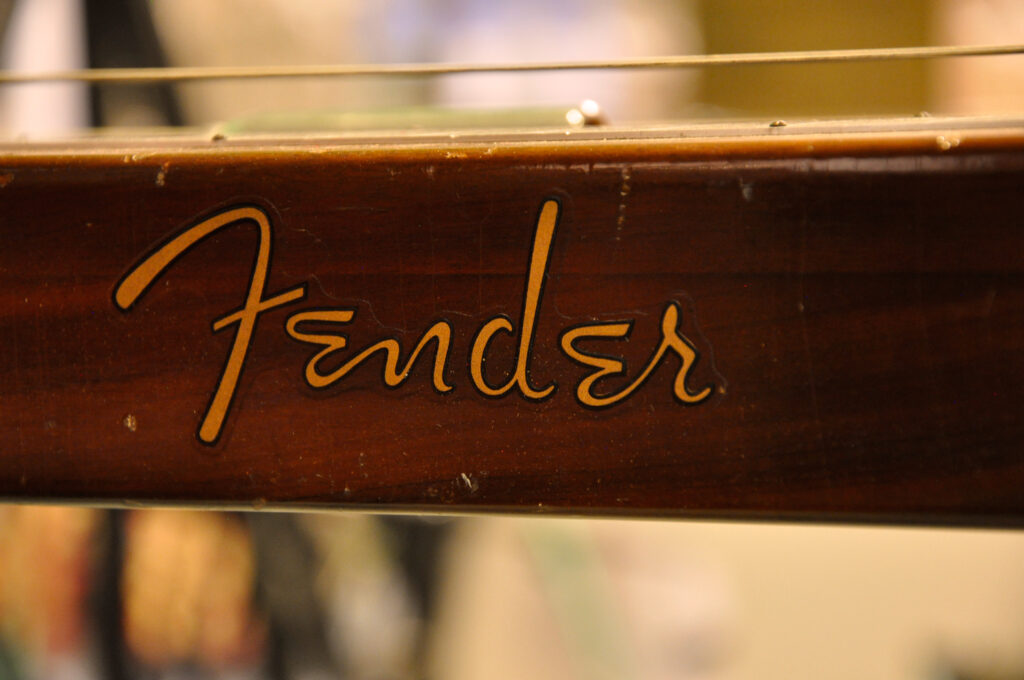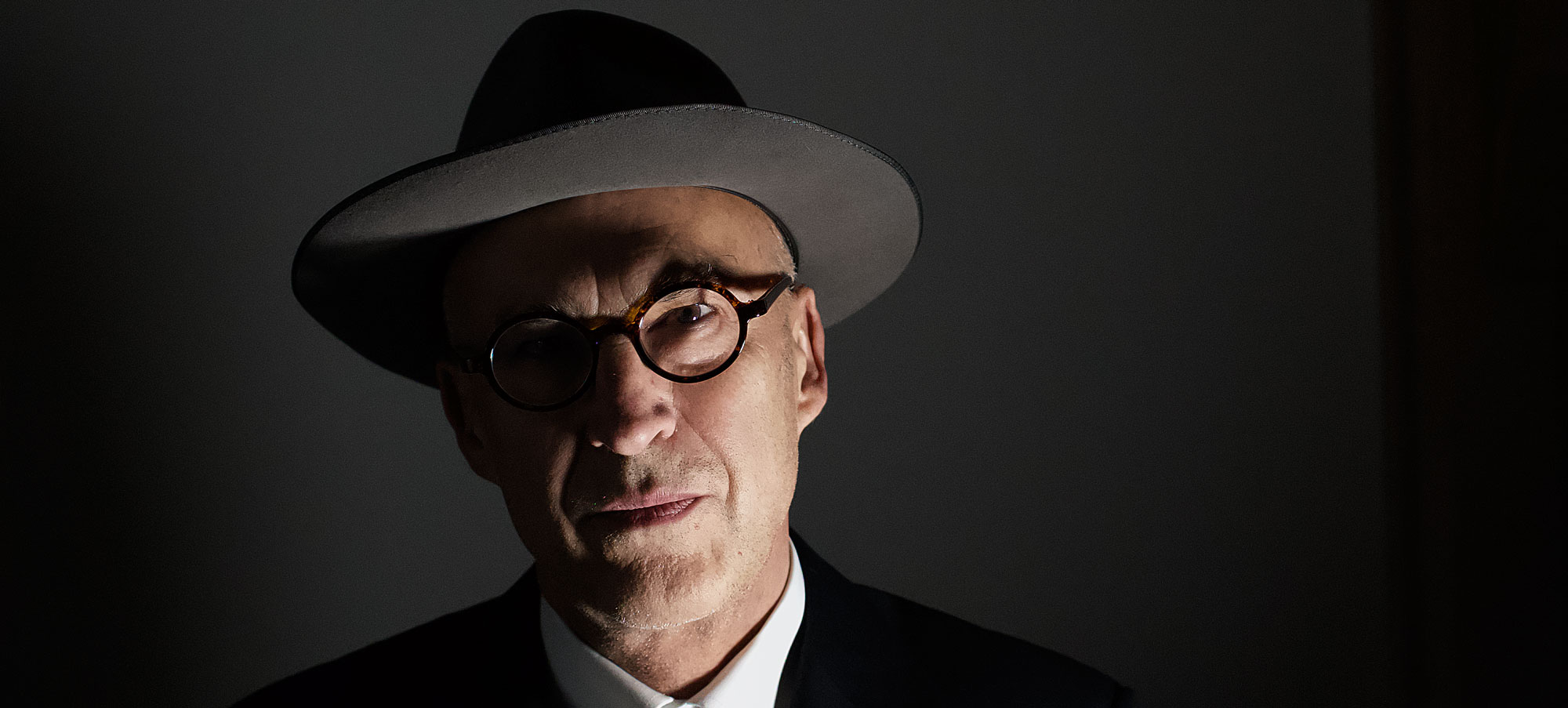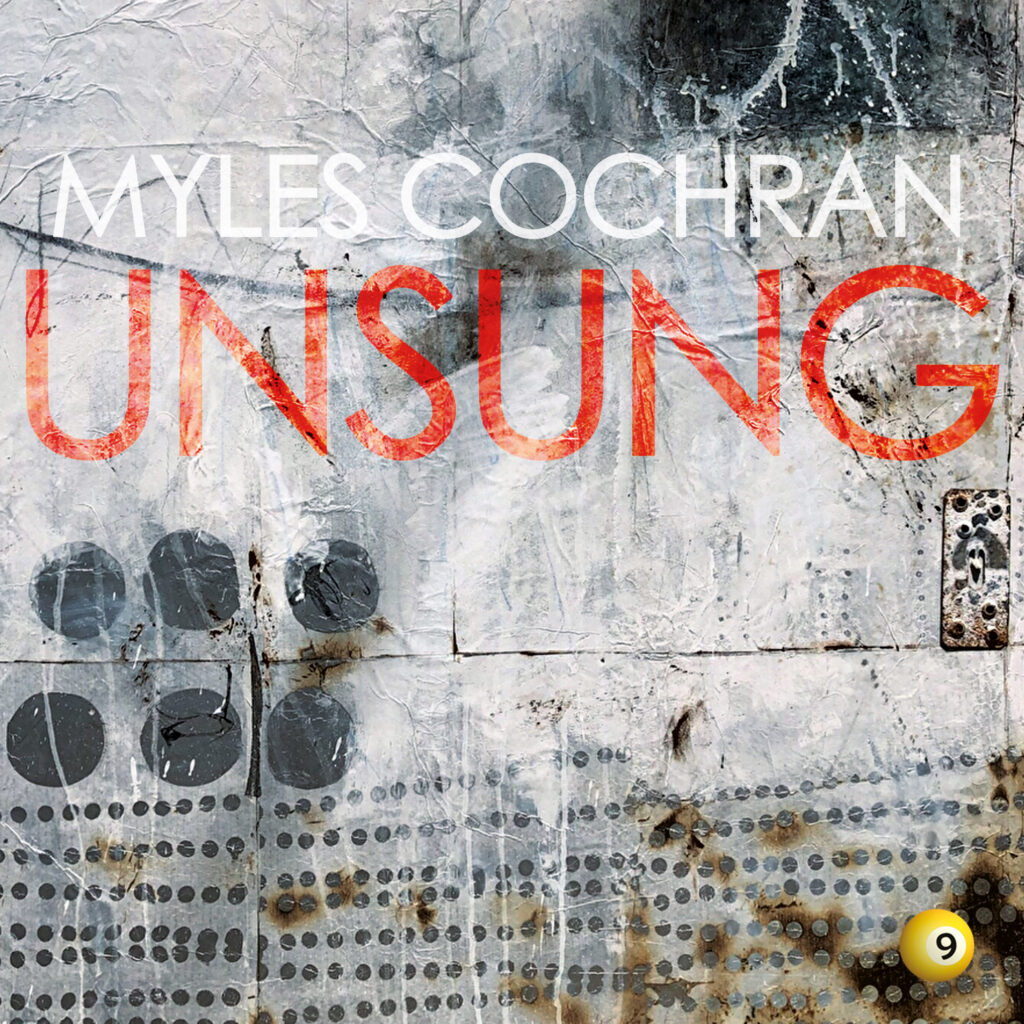
I’ve collected all the information about my last album, Unsung, here on this page.
Jump to: Song Notes, Recording Notes or Guitar Notes
Excerpts from reviews of Unsung and the My Own Devices EP
What a simply gorgeous piece of music! It’s called “It’s Like This” and it’s the latest single from American multi-instrumentalist Myles Cochran. He cites Miles Davis and the band Talk Talk among his influences and you can really hear echoes of In A Silent Way or Spirit of Eden in that track. Thank you, Myles.
Lopa Kothari, BBC Radio 3
For all the evocations of a Mid-Western homestead and porch, or, a rustic trek across the Appalachians there are drifts into the semi-classical, blues, avant-garde, primitive and, even jazz. Myles brings in the cello maestro Richard Curran and Nashville fiddler Lauren Conklin to add both congruous and stirring layers to his acoustic, electric and steel guitar romanticisms, lingers, mood suites and captured moments of both emerging and fading light, dates and emotions.
This is an album of slow music that transports the listener to quiet places: a rewarding immersion of gentleness that unfurls its secrets and depth over time.
Dominic Valvona, Monolith Cocktail
Right from the start, there is a wonderful longing to be heard in the music that Myles Cochran makes. You hear a nostalgic yearning for the big skies of America, the place he first called home, but also for the more intimate landscapes of his adopted UK….
[He creates]…a drifting, ambient and unusual soundscape, one which drapes his deft and delicate guitar work in hauntingly beautiful tones, gossamer layers which soften the edges and add airs of mystique and melancholy.
It comes as no surprise to find that he is often found working with and playing the guitar for Brona McVittie, an artist who similarly pushes her own Irish musical heritage through similar ambient prisms and indie-folk filters.
Unsung (referencing the fact that this is a purely instrumental album) often feels like a soundtrack to a film that you have always been meaning to watch. Its lack of lyrics means that it speaks to you in other ways, bypassing the logic of the head and heading straight to the heart…perhaps even the very soul.
Dave Franklin, Dancing About Architecture
Excellent latest EP from Myles Cochran is a mesmerising instrumental soundtrack to the summer of 2020
His music has been given air time on both BBC6 Music and BBC Radio 3, illustrating the appeal of instrumental music that brings together soundscapes and improvisation.
My first listen to these tracks was during a rainstorm, a lovely break from record temperatures. As the torrential rain poured down, I sat by my open door, with the distinctive scent rising from the wet ground. The music was a perfect accompaniment, mysterious and even eerie at times, always atmospheric and very meditative.
This is perfect chill out music for these strange summer evenings. Thank you, Myles.
Nicky Crewe, Pennyblack
Song Notes
Most of the songs on Unsung started life very inauspiciously, as quick recordings of an idea, or as tests for a recording method, or just having fun in between (or as a break from) more “serious” projects – actual songs with vocals of my own, or one of my friend Brona McVittie’s albums. One day, I revisited one of these sessions, probably to see if I should delete it, and it seemed cool, and worth taking further. As that process progressed, I began to take the idea of doing an instrumental album more seriously. It wasn’t a new idea, as the first vinyl LP, Hybrid Vigor (soon to be re-released on RVNG), I had done years ago with Ray Herrmann was half instrumental and half vocal. It’s been a long journey with these songs, but I’ve learned a lot doing them, and had enormous amounts of fun. I hope you enjoy them.
September 7th: As with many of the tracks on Unsung, this started as an acoustic guitar improvisation. My goal on this track was to keep things as sparse as possible, with a nod to the atmosphere on later Talk Talk/Mark Hollis albums. Brona McVittie, my friend and collaborator, used this track as the foundation for the song “Secretly Between the Shadow and the Soul” on her The Man in the Mountain CD. The title is the only working title to have survived to the end – I started recording it on September 7th.
A Crab of Many Shells: This song shows the convoluted path a tune can take. The rhythmic foundation was simply my tapping on the low E string at the seventh fret of an old Gibson acoustic guitar. Other parts suggested themselves, like the high-strung guitar that opens the track. There was a string part that didn’t survive, except in the distortion that leads into the groove. The result is what you hear.
The Light There: This is a re-re-invention of a song that I liked, but was never satisfied with. A groove presented itself, through the use of a crazy echo device (see Recording Notes) that served to anchor the piece. You can hear fragments of a steel guitar part floating in and out. The title comes from the magical light in the Quercy Blanc, a hidden part of southwest France, where we had a house, and I had a studio, for many years. We sold the house last autumn and it and the studio are now history, but it made a huge impact on my life.
Early Dark (Springtime Remix): After the wonderful reception Early Dark received in early 2020, Brona suggested a remix. I revisited the tune and found a different version lurking beneath the original. I like this one as much as the first; it’s a reminder of the different perspectives that lie beneath the surface of the familiar.
Momentary: This is the most recent song in the collection; I recorded it last summer long after most of the others were done. I had the little rhythmic idea on acoustic guitar that quietly opens the tune, but once it became a part of something bigger, it morphed into something else, a common process in these songs. I wanted the sound of a real fiddle on this, and I was lucky enough to find Lauren Conklin from Nashville on the Internet. We exchanged thoughts and her parts – complete with improvisations – add exactly the right flavor to my ears.
The Window: This started with my effort to play the dumbest guitar part I could… success! One thing led to another, with a piano part and solo (!), drums and steel guitar along the way.
Love Is As Beautiful As Pizza: My favourite title in the bunch, contributed via refrigerator magnets by Jane Rochester, the daughter of friends visiting in France. It grew out of a drum loop I recorded there, which formed the basis for layers of guitar feedback. My ancient Steinway upright piano provides its distinctive sound. The structure revealed itself over time as a warped but optimistic statement, appropriate for these crazy times.
Early Dark: The first single we released early in 2020, which got airplay in a number of unexpected places. It had its beginnings in the acoustic guitar line that opens the song. As I worked on it, I created a string arrangement on my computer, but it wasn’t very satisfying, so I turned to Richard Curran, who played several string parts on Brona’s first two CDs. Working from my rudimentary sketch, he was able to create the sublime string parts you hear, adding improvisations that turned into important parts of the final song. The title refers to that time of the year right after the clocks turn back, when we hunker down to wait for spring and the return of light.
Churrito: This song was the result of a trip to the western United States, long the object of fantasy from my childhood. Northern New Mexico and Arizona, and southwestern Colorado and southeastern Utah – roughly, the extended area around the Four Corners – is a magical place. I spent days exploring cliff-dwelling ruins and experiencing the surreal landscape. Being able to see fifty miles changes your thinking. I came across the word “churrito” as a term of endearment, and loved it, already having a taste for churros – long, deep-fried doughnut sticks coated with powdered sugar – whenever and wherever I could find them.
Nevertheless: This has some of my favourite sonic moments on the album. I really like the drum part. It’s decidedly the most electric guitar-intensive cut on the album; man does not live by acoustic guitar alone.
All Other Routes: This is the sole steel-guitar-only track on the album, the result of about twenty minutes of “where did that come from?” one night in Devon. I like the groove. The title comes from the signs you see in towns in France for the road to take to get out of town: “Toutes Directions”.
Translucent: This is, I think, the first track on the album that I started working on in earnest. It morphs through several different atmospheres, and is a bit of a guitar fiesta toward the end. The title comes from a series of sculptures my friend Tom Cowgill made from translucent resin.
It’s Like This/It’s Like That: I had thought that Unsung was finished over a year ago. However, when I put all the tracks together, I only had about 33 minutes of music, not enough for a self-respecting release. So, I dug around in my sessions to see what I might have missed, and found an electric guitar improvisation I had done one night in France, on an amplifier that literally blew up toward the end. It had some interesting little melodies, so I started building to see where it would take me, looping a few parts and throwing them together. I turned to Richard Curran again, who provided the wonderful string parts, again contributing improvisations that became integral parts of the song. It’s a long song – but I like where it starts and where it ends, and where it goes along the way.
These songs cover a lot of ground, but share the common thread of discovery, exploration and improvisation. My inspiration comes from the different places I’ve lived, as well as the past or the present; growing up in Kentucky meant jazz and folk at home, country music and the golden era of soul music in the air and on the airwaves. As with all my music, disparate influences come together to make something possibly… new.
Recording Notes
I was lucky to have two studios for a number of years, one in an old barn in the southwest of France, and one in our garage here in Devon. The studio in France was the culmination of a life-long dream: it was big, it sounded – and looked – great, it was wired properly, and I had built it, so everything was the way I liked it. After several years of living in France full-time, we relocated back to the UK, where I built a small studio in the garage of our house in Devon. Again, I built it (mostly) on my own; it sounds really good, and is a very comfortable place to work in. This is now my only studio.
A one-man operation like my own poses some interesting challenges. Being a recording engineer is (mostly) a left-brain activity: logical, analytical, orderly. Being a musician is right-brain: intuitive, creative, rhythmic. Juggling the two in order to make sure that the engineer doesn’t stifle the musician by never-ending adjustments or criticism, and that the musician doesn’t forget to press “record” or plug a microphone in, is crucial to getting things done. (I would note that the left-brain/right-brain theory has been proven incorrect, in terms of neurological function, but it’s still a useful way of thinking about things.)
I approach the process by trying to get all the engineering stuff out of the way before I even get near trying to do creative work. Microphones set up, levels set, headphone mix good and at the right volume, all this stuff. Then, forget about all that and be a musician. Modern recording software has helped with this, as you can set the program (Pro Tools in my case) to repeat a particular length of time. I usually set it to repeat, or loop, the entire song, and then I play through several times – if I’m having too much fun, a lot of times. This allows me to completely forget about starting and stopping recording, I just play. Then, again with the help of the software, I can select the best take, or parts of several takes, all with the idea that it will sound like a performance – because it was. Then, I repeat the process for the next instrument I think I want (sometimes the idea doesn’t work) on the song. This is particularly useful in that I can work without really thinking – I try to not have any preconceived notion of what I’m going to play once the basic structure of the song is recorded; it’s a sort of layered improvisation. It also allows me to essentially be a band – to play with myself (no jokes please, ha ha), to respond to what’s been played before, and to create something that’s spontaneous and feels alive.
Sound and gear
My path in recording and mixing over the years has been one of learning, then learning some more – quite possibly throwing out what I’d previously learned – and then some more on top of that. It all adds up: technique, equipment, learning how to listen, how to use the tools you have, learning what to focus on and what to ignore.
I love sound. I really love creating and capturing exceptional sound in a recording. I’ve put together a combination of gear over the years that lets me get what I think are exceptional sounds reliably, with a minimum of farting around. Good instruments through good microphones will get you a long way.
Each instrument has a particular setup of microphones that I’ve come to rely on – I like to use the minimum number of microphones possible, both because it makes setup and engineering easier, and because I find it sounds better.
Most of the drum tracks on the album were done with Melodium 42B’s as overheads, a French ribbon microphone from the 1940’s that sounds fantastic. The other drum overhead I used was the RCA BK11, the “modern” version of the 44 from the 1960’s; these sound great as well. The other drum mics were pretty standard: an SM57 for snare and an E/V ND568 or a Sennheiser 421 for kick. I rarely have the need to use tom mics with my music, getting what I need from the overheads.
Acoustic guitar mics were either a Neumann KM-56 in cardioid, a Neumann KM-84, or an AKG C460 with the CK61 cardioid cap. After wrangling with the 42B’s in a stereo Blumlein configuration with limited success, I discovered M/S recording for acoustic guitars a couple of years ago, using the KM-56 in Figure 8 and the 84 as the cardioid mic, but most of the productions on Unsung were too dense for stereo micing to be heard to any real effect. I’m hoping to do more of this for my upcoming solo(ish) acoustic guitar project.
Electric guitar mics were pretty standard as well – either an SM57, an RCA BK-5 cardoid ribbon (designed to be able to record gun shots!), or a Royer R-121.
Microphone preamplifiers ranged from one of my set of Gates SA-70 tube/valve preamps – a mainstay of US radio stations in the ‘40’s and ‘50’s – to a Telefunken 376, an original Neve 1272, or the excellent RCA clone Bob Starr at RTZ made many years ago. At least half of the tracks, though, were made using the mic pre’s in my Metric Halo ULN-8, which forms the heart of my studio.
My little studio in Devon is great for mixing. It’s trapped like crazy, and is pretty flat except for a bump around 120Hz, but I know it’s there, and it makes things a little more fun, actually. I’m using Amphion One15’s for monitoring, which is one of the best decisions I’ve ever made. I don’t need to reference on other speakers now, everything just translates.
Software has come to play a dominant role in recording over the past twenty years, both in terms of recording sound digitally as opposed to on analog tape, but also in the software that’s used for recording, and in small bits of software called plug-ins that sit within the main recording software. They allow you to create, shape or alter the sound in ways that used to require large numbers of complex analogue processors – or were impossible. Two of my favorites are Cracklefield, from Sound Dust, which is almost like having another personality in the room with you, and Unfiltered Audio’s Sandman, which is a very idiosyncratic echo generator. This digital vs. analog distinction has gradually become less and less meaningful, as digital recording has come closer and closer to capturing the indefinable magic of old-school analogue recording, but there’s still something about it. So, I have a bunch of analog gear that everything passes through at the very end of the mixing stage. It starts with an early FCS P3S compressor, then goes to a Fearn VT-7 compressor (bliss), then a Chandler CurveBender EQ, and then an A-Designs HM-2 tube/valve EQ.
I feel like I’m really able to get the sounds I’ve always heard now, and the only limit is my own skill. I hope I never stop learning.
Guitar Notes
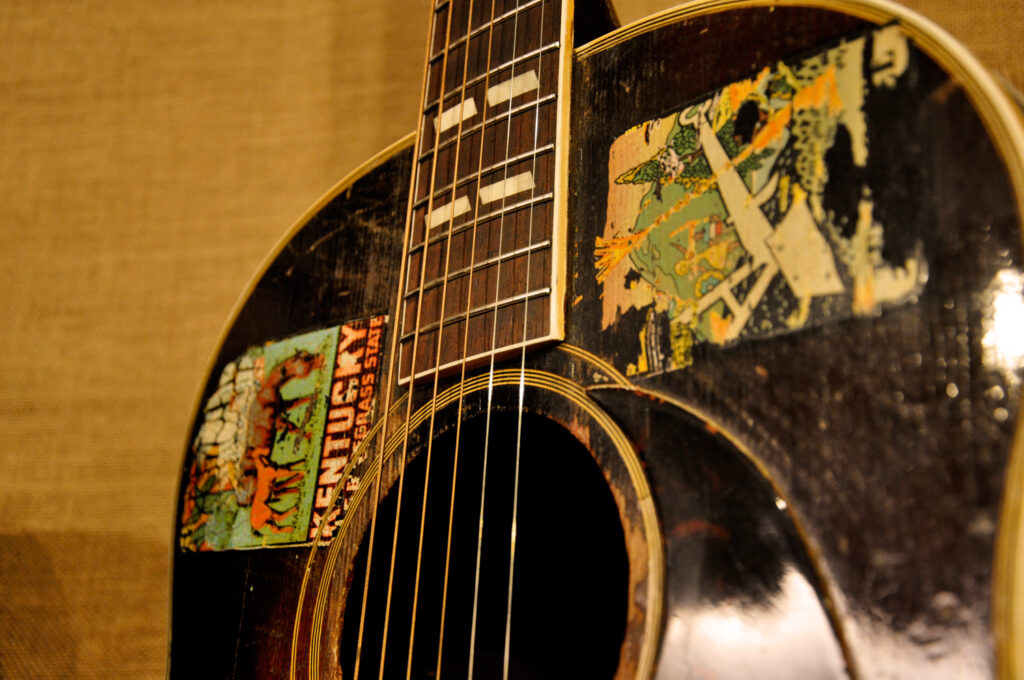
Acoustic guitars are the foundation for what I do. I have too many, but there’s something so magical about the good ones that they really are a source of inspiration. I used a bunch of different ones on this album, not always through a long thought process, but often because I used whatever was either A. on the stand next to me, or B. was in tune, or C. had newish strings. Here’s a rundown (from memory, which is not complete) of what was used on what. I, in no way, maintain that you can really tell the difference in the fairly dense arrangements on these tunes, but it’s fun to go back and figure out what was what.
September 7th: 1934 Martin 000-18 (long scale)
A Crab of Many Shells: 1935 Gibson Roy Smeck Stage Deluxe, 1932 Gibson L-0 (Nashville tuning)
The Light There: 1929 Martin 0-18
Early Dark (Springtime Remix): 1943 Gibson LG-2
Momentary: 000-18, 1937 Gibson J-35
The Window: J-35
Early Dark: LG-2
Churrito: 1917 Gibson H-2 mandola
Translucent: LG-2
It’s Like This, It’s Like That: J-35
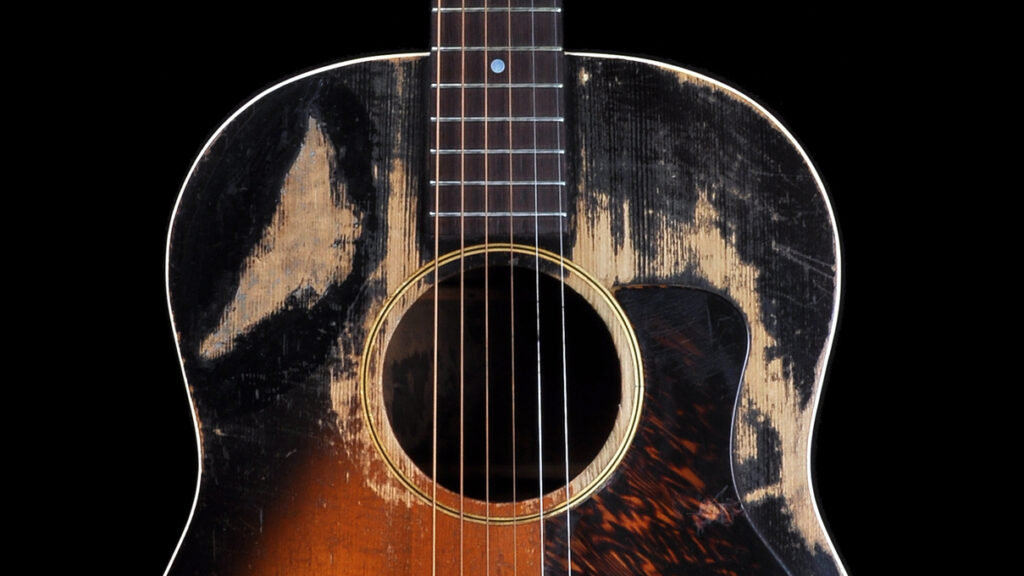
As much as a love acoustic guitars, I can’t do without electric guitars. There’s something so satisfying about playing a good electric through a good amp loud – there’s really nothing else like it. So, I’ve collected a bunch of them over the years, most not really valuable, but each making one interesting sound or another.
On Unsung, I used several quite a lot. First, a ’55 Les Paul goldtop (renecked and refinished, the only way I could afford one, but all else original) that, once I had it set up properly – adding a Bigsby made a huge difference – completely changed the way I played. I’m very late to the party on Les Pauls, but I understand now. Second is a ’60 Telecaster with a blackguard-era flat-pole bridge pickup. Third is a ’55 Gretsch Duo-Jet, which my good friend and extraordinary guitarist Stephen Ulrich turned me on to. The Dynasonic pickups are just magic, they have a sound like no other. You can hear it well on Churrito. Finally, my white ’65 SG Junior – just about the best electric guitar I’ve ever played. All of these guitars have single-coil pickups – there’s something very immediate about them.
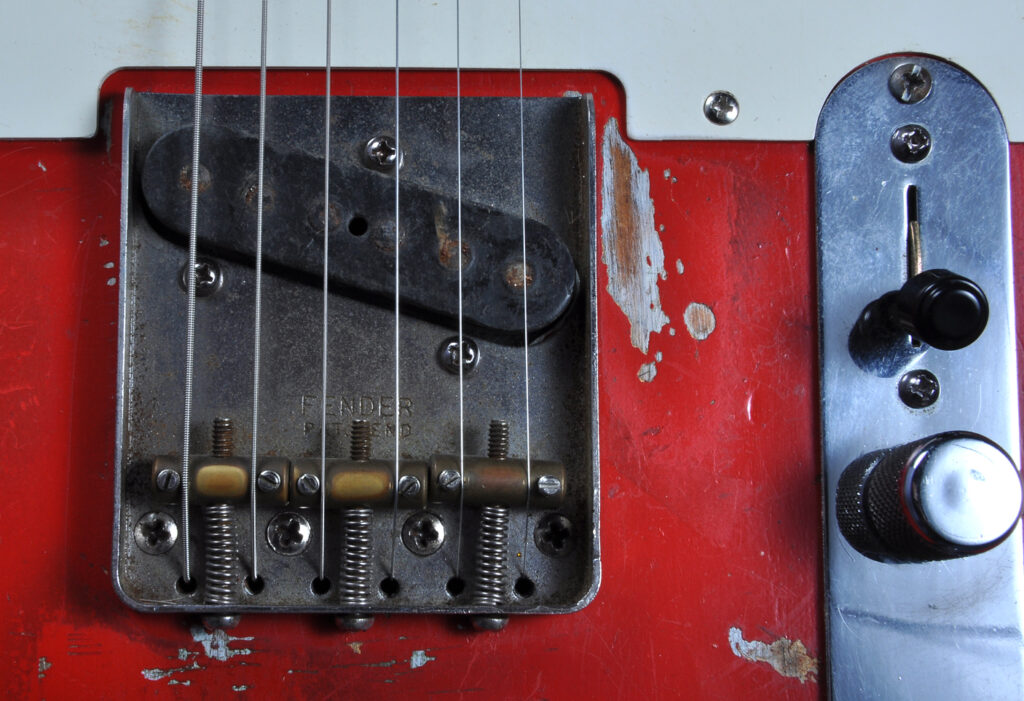
Last but not least, steel guitars. I played a lot of slide earlier in life, and bought a pedal steel once, which proved to be beyond my capabilities – my mind just doesn’t work well enough to master that king of instruments. But I bought a lap steel for cheap off eBay, and I was hooked. Brona encouraged me to play steel more after neglecting it for a few years, and I was lucky enough to find one of the walnut-bodied double-8-string Fender Dual Pro’s from the early ‘50’s, with the trapezoid-shaped pickups. This guitar makes me feel like a genius. It’s also heavy as hell, and a nightmare to carry around, so I was looking for a single-neck version to play live with Brona, and I found one – they’re called the Deluxe. I had just gotten this guitar when I sat down, luckily with Pro Tools open, hit record, and All Other Routes was the result, recorded through the DI in the ULN-8. The smaller (and lighter) body has some effect on the sound, but still, it’s special.
